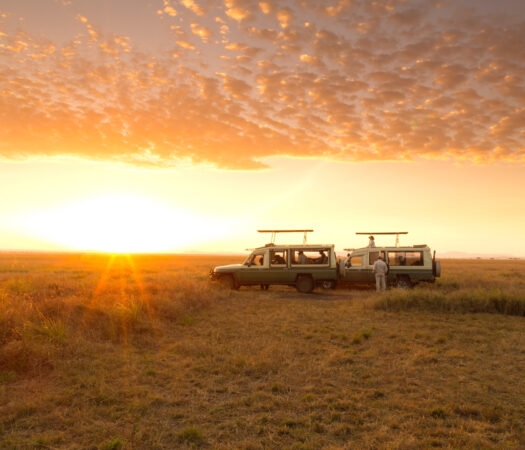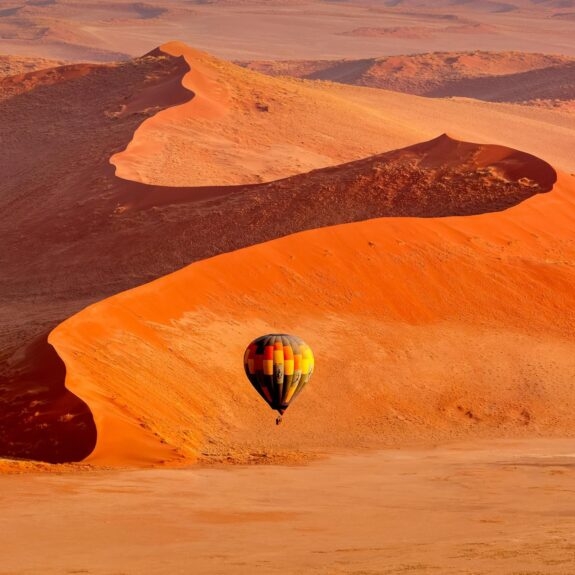We all know that luxury travel can have an incredible and long-lasting impact on our lives – but it can also have an immense effect on the places we visit.
We love the kind of travel that opens our minds to new perspectives, offers one-of-a-kind experiences and creates unforgettable moments. And, because we believe travel should be uplifting for everyone we also aim to make a positive impact wherever we go.
One way to accomplish this is through social impact travel.
What is Social Impact Travel?
The main goal of social impact travel is to have a positive effect on the communities in the places you visit. It’s based on the idea that in addition to benefitting travellers, travel can also be an opportunity to make a positive difference in the world.

How Can Travel Make a Positive Social Impact?
There are many ways that hotels, tour operators and other travel professionals can make a positive social impact. To start with, they can use their resources to foster education, create jobs for community members and support local projects.
Choosing hotels, camps and businesses which place social impact at the heart of their work, is a simple way to make a positive social impact that both enriches your experience and supports your destination.
At Jacada we’re very proud of the fact that many of our favourite places actively work to benefit the communities where they operate. Here are a few of the incredible things they’re doing.

1. Improving Access to Education
Quality education is an incredibly important aspect of building strong societies. And many luxury travel companies are doing their part to make sure that the children in their communities have access to it, from early childhood all the way through higher education.
For example, Wilderness established Children In The Wilderness, a non-profit organisation that educates children about conservation. They run programmes to teach local kids about the environment and support their development, while also promoting the protection of endangered ecosystems.

Another great example is Hotel Sol y Luna in Peru, which actually began as an initiative to improve local children’s access to education. Its founders soon realised that they could capitalise on the tourism industry in order to support their work, and decided to build a luxury hotel specifically for this purpose.
The hotel’s profits are used to finance the Sol y Luna Association, which operates an Intercultural School and several foster homes. Its founders believe that this is a simple and sustainable model for supporting the community.
As they put it, ‘Travelling at its best not only moves us from one place to another, but also creates opportunities that open our hearts in ways that can change many lives in the process’. We certainly agree.

2. Employing Community Members
Tourism can provide massive benefits to local economies – but only when travel companies make an effort to prioritise the community’s needs. One way to do this is by hiring local staff.
Not only does this create job opportunities; it also makes community members a central part of the travel industry’s development. When local residents are involved in the day-to-day activities of hotels and tour companies, they can provide a valuable perspective that helps those businesses make a positive impact.

This is exactly the case at Damaraland Camp, one of our favourite luxury lodges in Namibia. Here almost all of the employees are local residents, including in many managerial positions. Beyond the obvious economic benefits of employment at the camp, many community members receive valuable training that allows them to work at other lodges and tourism companies too.
This is one way for travel operators to invest in long-term community development, rather than opting for short-term solutions.

3. Supporting Local Projects
Sometimes the best way to make a positive impact is by supporting projects that are already doing good work.
For example, Damaraland Camp in Namibia works closely with the Torra Conservancy. Originally established by an agreement between Wilderness Safaris and the local community, it promotes local economic development, infrastructure projects and environmental conservation.
Similarly, Calanoa Lodge in the Colombian Amazon is closely tied to the Calanoa Project. This organisation works with the indigenous communities in the area to support education, conservation, cultural heritage and economic development through various initiatives.

Both of these luxury lodges recognise that they have a valuable chance to bring more than just visitors to the region. Instead of focusing only on business, they work directly with local projects to improve infrastructure, quality of life and opportunities in their communities.
When you stay at a place like Damaraland Camp or Calanoa Lodge, you’re providing vital support to the projects they work with. And by choosing them over the dozens of other options out there, you’re showing your commitment to their unique values and goals.

Making an Impact Through Luxury Travel
Every travel experience has an impact of some kind on its destination. This represents an incredible chance for us all to make a positive difference in the world. Social impact travel is about taking full advantage of that opportunity.
Luckily, social impact and luxury travel can go hand in hand. There’s nothing better than getting an inside look at a new place, while knowing that just by being there, you’re helping to improve or protect it. All you have to do is plan your trip wisely, consider the effects of your actions and – of course – enjoy every minute.













